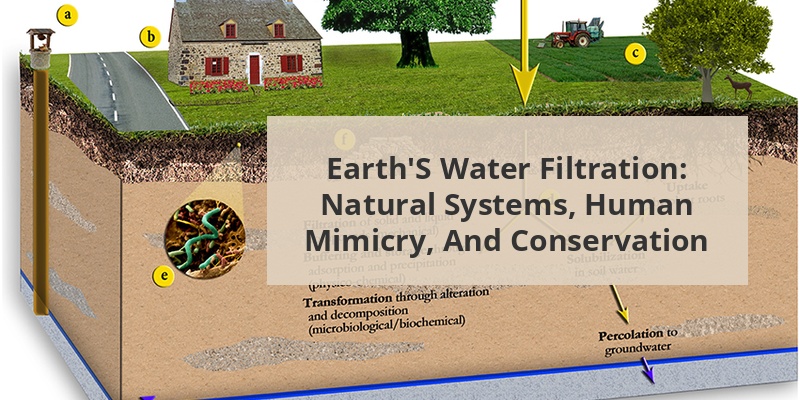Earth’s natural water filtration systems form a remarkable purification network that has been functioning for billions of years. Through complex physical, chemical, and biological processes, our planet continuously cleans and recycles water as it moves through the hydrologic cycle. These natural mechanisms remove contaminants, sediments, and pollutants from water, making it suitable for consumption and supporting ecosystems. Understanding these processes provides insights into sustainable water management and inspires modern filtration technologies that mimic nature’s efficient design.
Content Navigation
The Natural Water Cycle
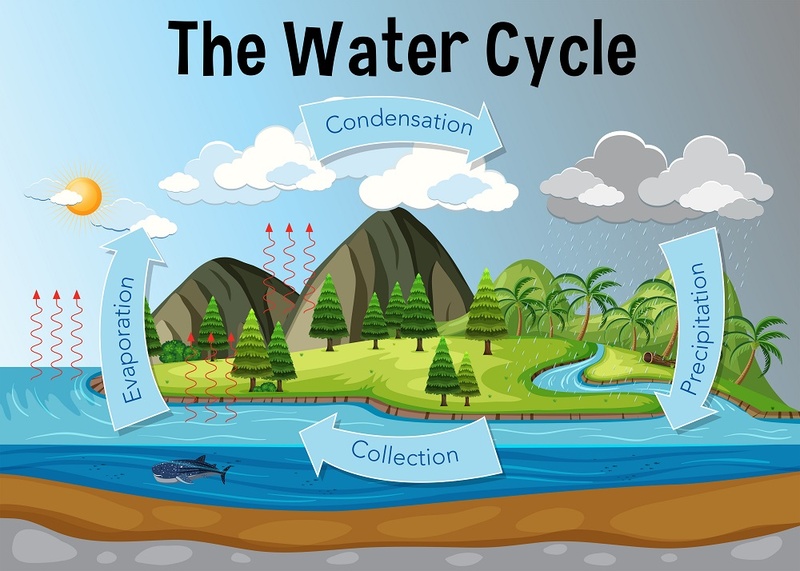
The water cycle serves as Earth’s primary filtration system, beginning with evaporation. When water evaporates from oceans, lakes, and rivers, it leaves behind salts, minerals, and contaminants in a natural distillation process. This purified water vapor then condenses to form clouds and eventually returns to Earth as precipitation.
As rainwater falls, it dissolves atmospheric gases and collects airborne particles, which subtly alters its chemistry. This initial phase of filtration is crucial yet imperfect, as rainwater can absorb air pollutants in industrialized areas.
| Phase of Water Cycle | Filtration Mechanism | Contaminants Removed |
|---|---|---|
| Evaporation | Distillation | Salts, minerals, bacteria, heavy metals |
| Condensation | Phase change | Maintains purity from evaporation |
| Precipitation | Atmospheric washing | Removes some airborne particles |
Soil Filtration Processes
After precipitation reaches the ground, soil becomes the next critical filter. Soil layers act as a multi-stage filtration system where physical, chemical, and biological processes work in concert. The physical structure of soil traps sediments and particles as water percolates downward.
Clay particles in soil have a negative electrical charge that attracts and holds positively charged contaminants through adsorption. Meanwhile, soil microorganisms break down organic pollutants, converting them into harmless substances. The effectiveness of soil filtration depends largely on soil composition, depth, and the time water spends moving through it.
- Sandy soils: Fast drainage, good for physical filtration of particles
- Clay soils: Slow percolation, excellent for chemical filtration and ion exchange
- Loamy soils: Balance of filtration properties with diverse microbial communities
- Organic-rich soils: Superior biological filtration through microbial activity
Rock and Mineral Filtration
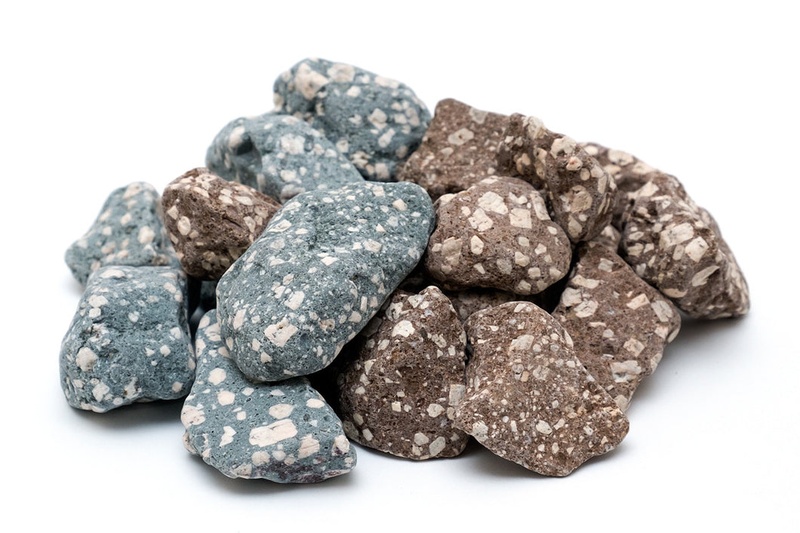
Beyond soil layers, water encounters rock formations that provide additional purification. As water slowly moves through underground aquifers, it undergoes extensive filtration through various geological materials. Porous rocks like sandstone physically filter out particulates while allowing water to pass through.
Limestone and other carbonate rocks not only filter water but also neutralize acidity through chemical reactions. These rocks dissolve slightly as water passes, releasing calcium and magnesium ions that raise pH levels. Granite and other crystalline rocks contain minerals that participate in ion exchange, removing some heavy metals from water.
| Rock Type | Filtration Mechanism | Primary Effect on Water |
|---|---|---|
| Sandstone | Physical filtration | Removes particulates and some bacteria |
| Limestone | Chemical reaction | Neutralizes acidity, adds minerals |
| Basalt | Adsorption | Removes certain heavy metals |
| Clay-rich rocks | Ion exchange | Captures positively charged pollutants |
Wetlands as Natural Filters
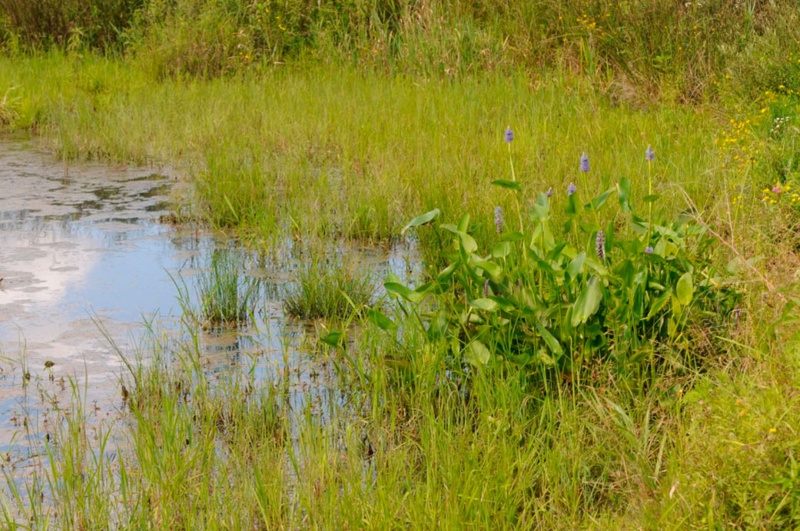
Wetlands function as Earth’s natural water treatment plants, providing some of the most efficient filtration systems. These transitional ecosystems between land and water slow the movement of water, allowing sediments to settle and preventing erosion.
The dense vegetation in wetlands absorbs excess nutrients like nitrogen and phosphorus that would otherwise cause algal blooms. Plant roots exude compounds that can break down or immobilize contaminants, while specialized wetland microbes transform potentially harmful substances into harmless forms.
Studies show that wetlands can remove 20-60% of metals in water, trap 80-90% of sediments from runoff, and eliminate up to 70% of nitrogen. Their efficiency has inspired the creation of constructed wetlands for wastewater treatment.
Types of Wetland Filtration
- Physical: Sedimentation of particles as water movement slows
- Biological: Plant uptake and microbial breakdown of contaminants
- Chemical: Oxidation-reduction reactions in anaerobic sediments
- Adsorption: Binding of pollutants to organic matter and clay particles
Forests and Vegetation in Water Filtration
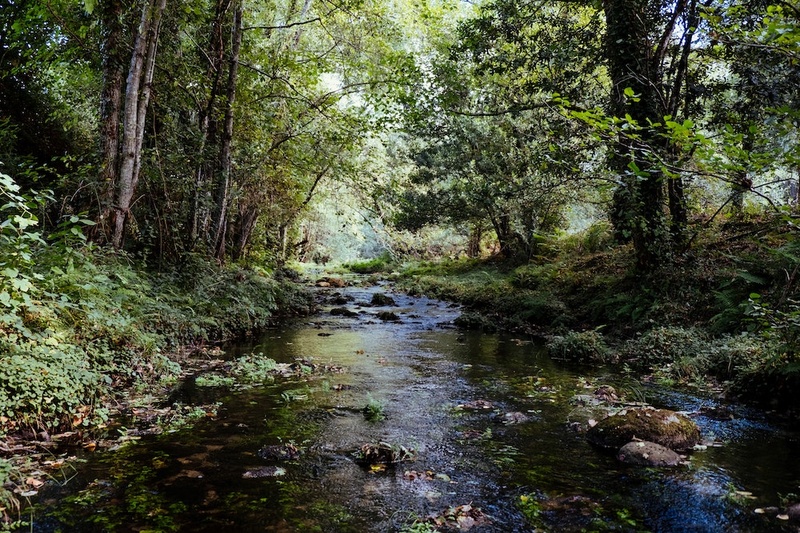
Forest ecosystems play a crucial role in water filtration through multiple mechanisms. The forest canopy intercepts rainfall, reducing its impact on soil and decreasing erosion. This interception also filters out airborne particulates that have settled on leaves.
The forest floor, consisting of leaf litter and organic matter, acts as a physical filter while also supporting diverse microbial communities that break down pollutants. Tree roots stabilize soil and, along with their associated fungi, absorb and process nutrients and some contaminants before they reach groundwater.
Research demonstrates that watersheds with intact forests produce cleaner water and experience more stable water flows than deforested areas. Some cities, including New York, have protected forested watersheds specifically for their natural water filtration services, saving billions in water treatment costs.
| Forest Component | Filtration Function |
|---|---|
| Canopy | Intercepts pollution, slows rainfall |
| Understory vegetation | Captures nutrients, stabilizes soil |
| Forest floor/Humus | Filters particulates, hosts beneficial microbes |
| Root systems | Absorbs pollutants, prevents erosion |
| Mycorrhizal fungi | Extends filtration network, breaks down compounds |
Groundwater Purification Systems
As water continues its journey downward, it eventually becomes groundwater, where some of Earth’s most thorough filtration occurs. The slow movement through aquifer materials over decades or centuries allows for extensive purification through multiple mechanisms.
Deep aquifers provide exceptional filtration as water moves through various geological layers. Pressure, time, and the absence of light eliminate most pathogens. Natural microbial communities in aquifers, though sparse compared to surface ecosystems, play a specialized role in breaking down organic contaminants.
The residence time in aquifers significantly impacts water quality. Water that has spent hundreds or thousands of years underground is typically very pure, having undergone extensive natural filtration, though it may contain dissolved minerals acquired during its journey.
Factors Affecting Groundwater Purification
- Depth of aquifer (deeper generally means better filtration)
- Geological composition of aquifer materials
- Water residence time underground
- Temperature and pressure conditions
- Presence of microbial communities
Human Mimicry of Earth’s Filtration
Modern water treatment technologies often replicate Earth’s natural filtration processes. Sand filtration systems, a cornerstone of municipal water treatment, directly mimic the way water percolates through soil and sediment layers. Activated carbon filters reproduce the adsorption properties of natural soils and rock formations.
Constructed wetlands and living machines harness the same biological processes found in natural wetlands. These engineered ecosystems use plants, microbes, and gravity to purify water without chemical additives.
Biofiltration systems that employ beneficial bacteria mirror the microbial communities in soil and aquatic environments. Even reverse osmosis, a high-tech filtration method, parallels the selective permeability found in natural membranes and clay layers.
| Natural Process | Human Technology |
|---|---|
| Soil percolation | Sand filtration, slow sand filters |
| Adsorption in soil/rock | Activated carbon filtration |
| Wetland filtration | Constructed wetlands, living machines |
| Biological degradation | Bioreactors, biological filtration |
| Natural UV exposure | UV disinfection systems |
Threats to Natural Filtration Systems
Despite their remarkable efficiency, Earth’s natural filtration systems face increasing threats. Pollution loads often exceed the natural processing capacity of these systems. Industrial chemicals, pharmaceuticals, and synthetic materials can resist natural breakdown processes or even harm the organisms responsible for filtration.
Climate change disrupts hydrological cycles, altering rainfall patterns and increasing erosion during extreme weather events. This can overwhelm filtration systems and flush contaminants into waterways before proper filtration occurs.
Urbanization replaces permeable surfaces with impervious ones, preventing water from entering soil filtration systems. Deforestation, wetland drainage, and agricultural practices that compact soil similarly reduce Earth’s natural filtration capacity.
Conservation of natural watersheds, responsible land use planning, and pollution prevention are essential strategies for preserving Earth’s ability to clean water. Protecting and restoring wetlands, forests, and natural waterways maintains these invaluable ecosystem services that humans have relied upon throughout history.
Tips for Getting the Best HVAC Prices
- Prioritize Quality Over Cost
The most critical factor in any HVAC project is the quality of the installation. Don’t compromise on contractor expertise just to save money. - Check for Rebates
Always research current rebates and incentives — they can significantly reduce your overall cost. - Compare Multiple Quotes
Request at least three estimates before making your choice. You can click here to get three free quotes from local professionals. These quotes include available rebates and tax credits and automatically exclude unqualified contractors. - Negotiate Smartly
Once you've chosen a contractor, use the proven strategies from our guide — How Homeowners Can Negotiate with HVAC Dealers — to get the best possible final price.

